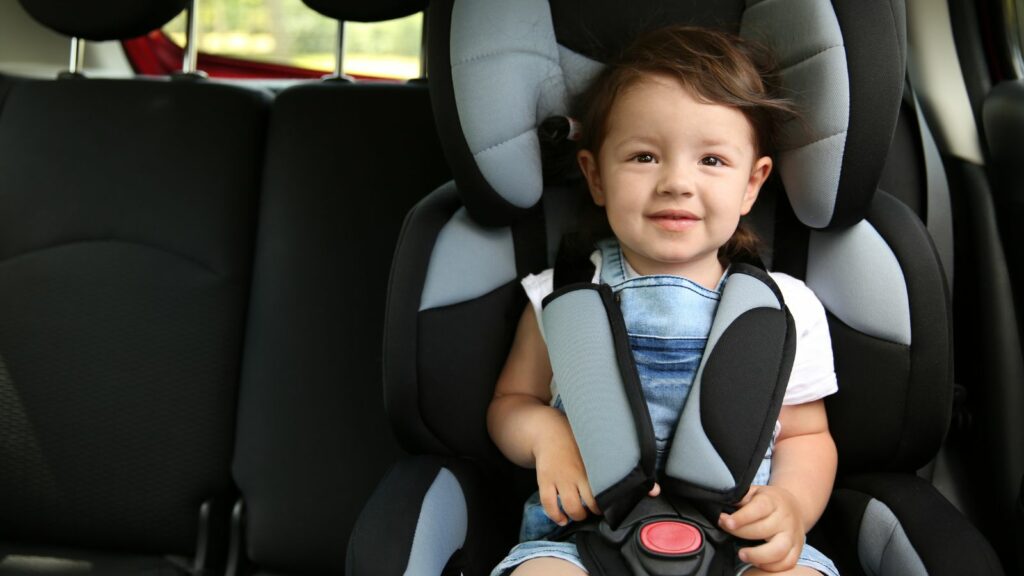Welcome to the brave new world of automotive safety, where cars are so smart they might soon be giving us pep talks on how to live better lives. Gone are the days of merely having airbags and seat belts—today’s vehicles are equipped with technology that makes you wonder if they’re secretly trying to turn into robots. Here are 14 of the most innovative safety features in cars today.
Advanced Driver Assistance Systems (ADAS)
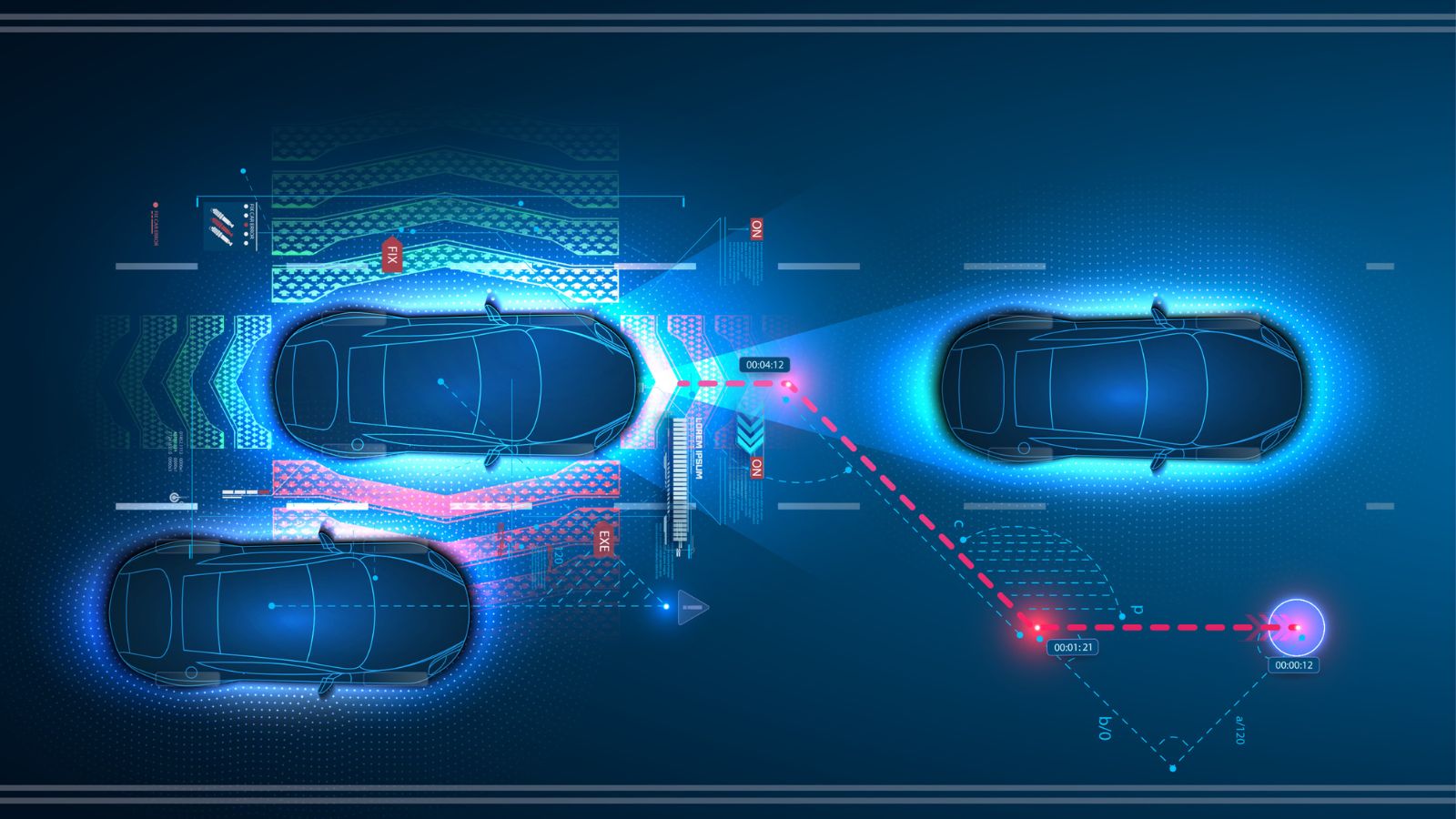
Advanced Driver Assistance Systems (ADAS) are modern vehicles’ most comprehensive suite of safety features. ADAS includes a range of technologies, such as adaptive cruise control, lane-keeping assist, and automatic emergency braking. These systems combine cameras, radar, and lidar to monitor the vehicle’s surroundings and assist the driver in making safe decisions. For example, adaptive cruise control auto-adjusts the car’s speed to maintain a safe distance, reducing the risk of rear-end collisions. Meanwhile, lane-keeping assist gently steers the vehicle back into its lane if it drifts. The continuous development of ADAS is paving the way for fully autonomous vehicles, which promise to reduce human error dramatically—the leading cause of accidents.
Automatic Emergency Braking (AEB)
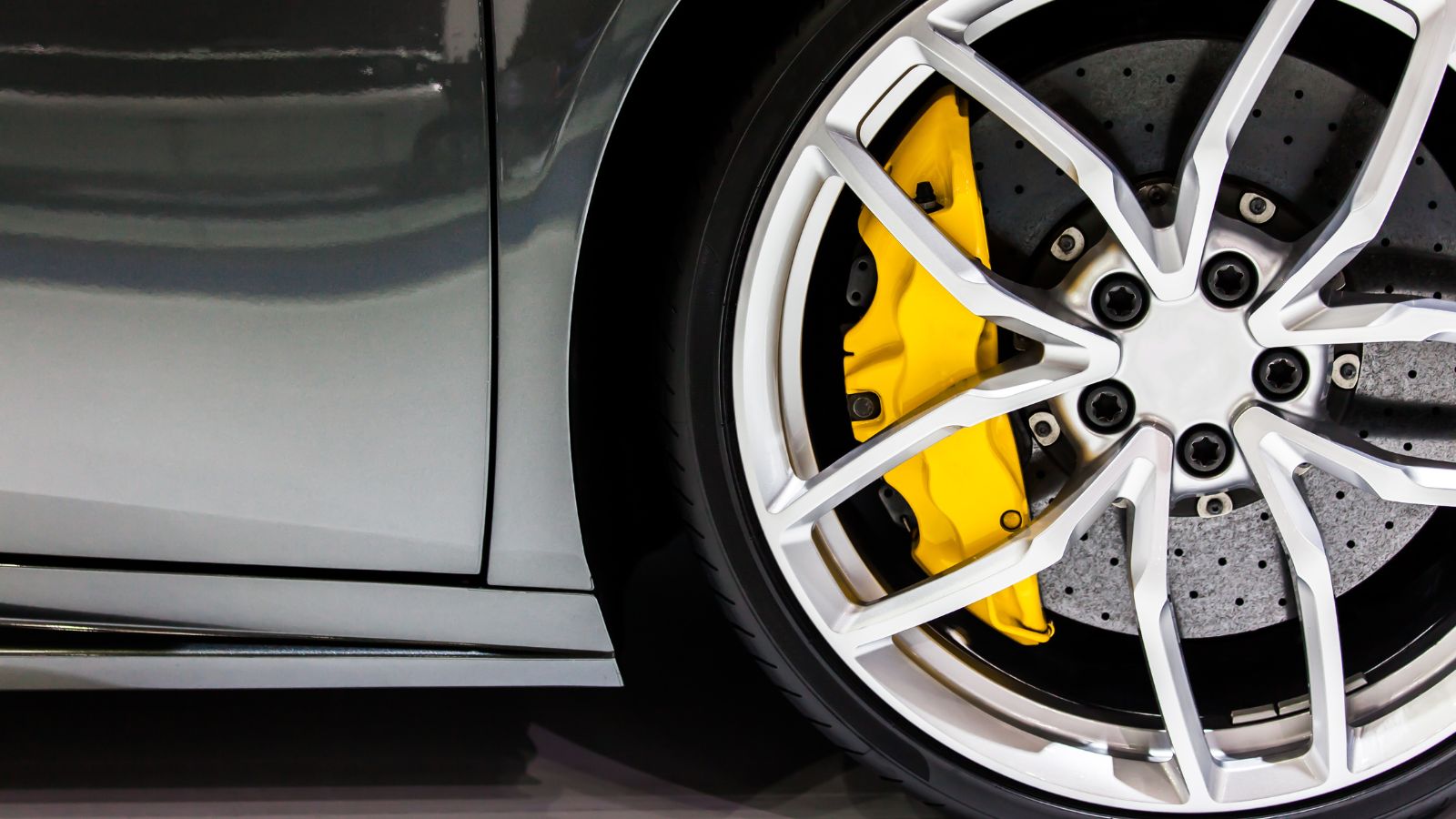
Automatic Emergency Braking (AEB) is a lifesaving technology that has become a standard feature in many new vehicles. AEB systems detect potential collisions with vehicles or pedestrians and automatically apply brakes if the driver doesn’t respond in time. A study by the Insurance Institute for Highway Safety (IIHS) says AEB systems can reduce rear-end collisions by 50%. If a collision seems imminent, the system alerts the driver. If no action is taken, it initiates braking to either prevent the crash or reduce the impact’s severity. AEB is especially effective in urban settings where sudden stops are expected.
Adaptive Headlights

Adaptive headlights are a significant advancement in vehicle lighting systems. Unlike traditional headlights, which remain fixed in one direction, adaptive headlights can swivel and adjust their intensity based on the car’s speed, steering angle, and road conditions. This technology improves visibility around corners and over hills, reducing the chances of accidents in low-light conditions. For instance, when driving around a bend, the headlights will pivot to illuminate the road ahead rather than just straight ahead. This proactive lighting system is particularly beneficial on winding roads or when obstacles may not be visible until too late. Studies have shown that adaptive headlights can reduce nighttime accidents by up to 10%.
Blind Spot Detection
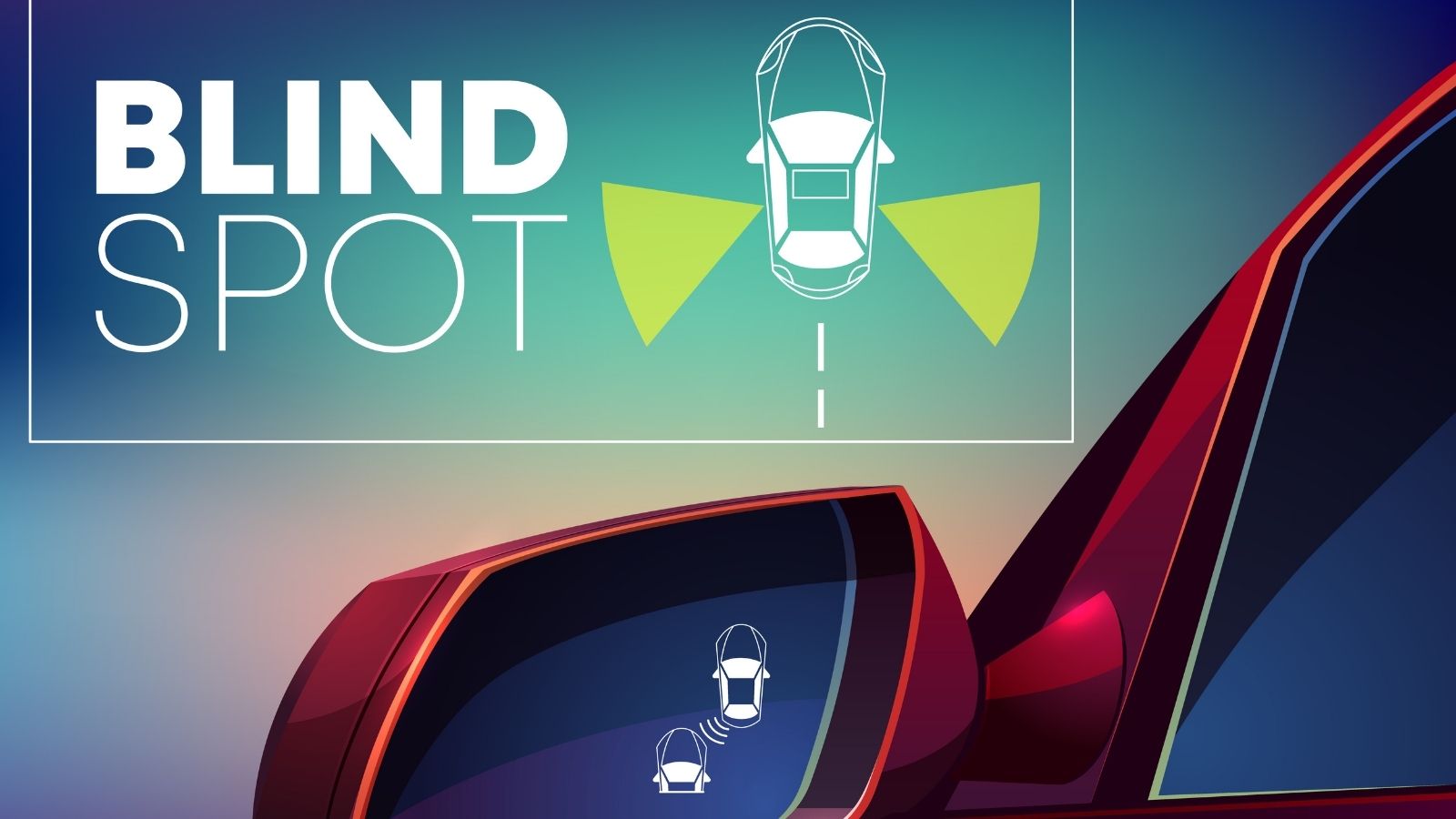
Blind Spot Detection systems have become an indispensable feature in modern vehicles, addressing one of the most common causes of accidents: lane changes. These systems use sensors to monitor the areas adjacent to the vehicle that are typically outside the driver’s view. When another vehicle enters this blind spot, the system alerts the driver. More advanced versions of this technology can even intervene by steering or braking to prevent a collision if the driver attempts to change lanes while a vehicle is in the blind spot. The National Highway Traffic Safety Administration (NHTSA) estimates blind spot detection systems can reduce lane-change crashes by 14%.
Rear Cross-Traffic Alert

Rear Cross-Traffic Alert (RCTA) is a technology that assists drivers when reversing. RCTA systems use radar sensors to detect approaching vehicles from the sides, which may not be visible to the driver. When an oncoming vehicle is detected, the system automatically warns the driver through audible or visual alerts or even by applying the brakes. This is useful in crowded parking lots or residential areas where visibility is often limited. A study by the IIHS found that RCTA systems can reduce backup crashes by 22%, making it a valuable addition to any vehicle’s safety arsenal.
Lane Departure Warning and Lane Keeping Assist
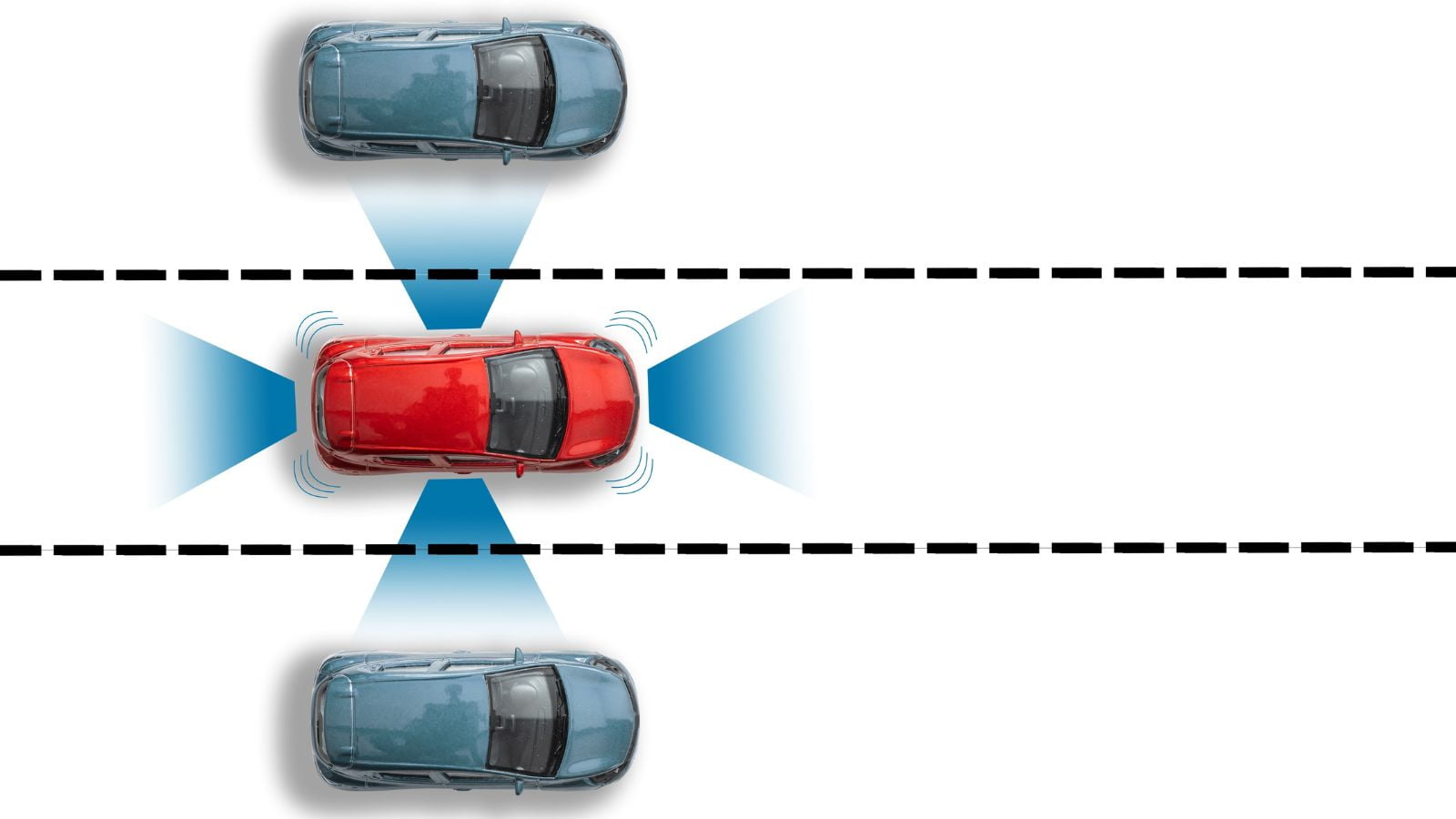
Lane Departure Warning (LDW) and Lane Keeping Assist (LKA) are complementary technologies designed to prevent unintentional lane drifting, a common cause of highway accidents. If the car begins to drift without a turn signal being activated, the system alerts the driver through visual, audible, or haptic feedback. LKA takes this further by gently steering the vehicle back into its lane. These systems help prevent side-swipe collisions and run-off-road accidents, particularly dangerous at high speeds. The NHTSA has reported that these technologies can reduce lane departure-related crashes by up to 11%.
Pedestrian Detection Systems
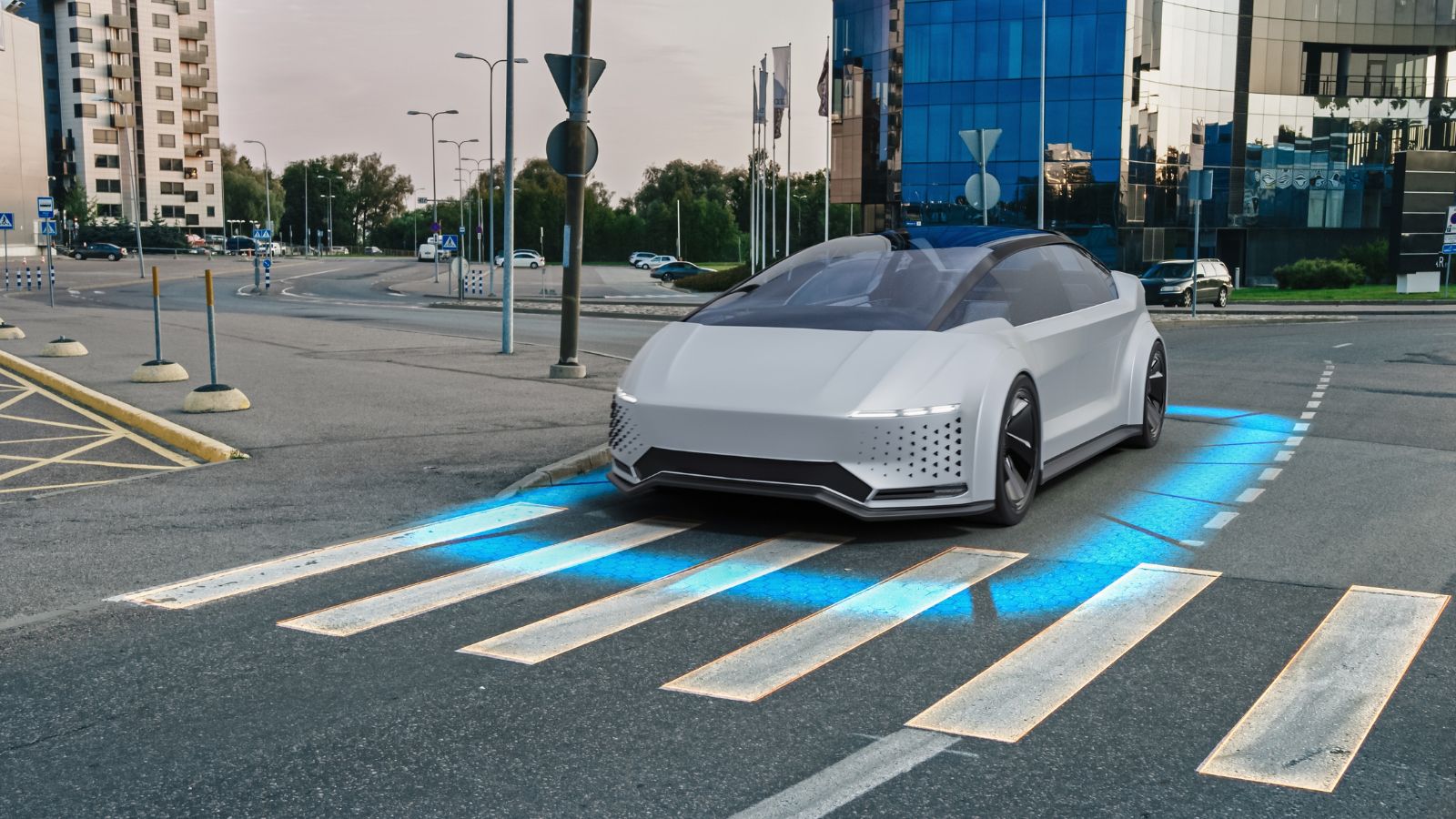
Pedestrian Detection Systems are a crucial innovation in urban safety, where pedestrian traffic is high and the risk of accidents is significant. If a pedestrian is detected and the driver does not react in time, the system can automatically apply the brakes to prevent a collision or reduce the impact. The effectiveness of Pedestrian Detection Systems has been demonstrated in several studies, with the IIHS reporting a 35% reduction in pedestrian-related crashes in vehicles equipped with this technology. As cities become more congested, the importance of such systems in saving lives cannot be overstated.
Traffic Sign Recognition

Traffic Sign Recognition (TSR) is a technology that enhances driver awareness by detecting and displaying road signs such as speed limits, stop signs, and no-entry signs on the vehicle’s dashboard or head-up display. This feature is particularly beneficial in unfamiliar areas or on long trips where drivers may miss essential signs due to fatigue or distraction. TSR systems use cameras to scan the road ahead, identifying signs and alerting the driver to any changes in speed limits or road conditions. By keeping the driver informed, TSR helps prevent speeding tickets and reduces the likelihood of accidents caused by missed signs. In a European New Car Assessment Programme (Euro NCAP) study, vehicles equipped with TSR demonstrated a significant reduction in speed-related incidents.
Drowsiness Detection
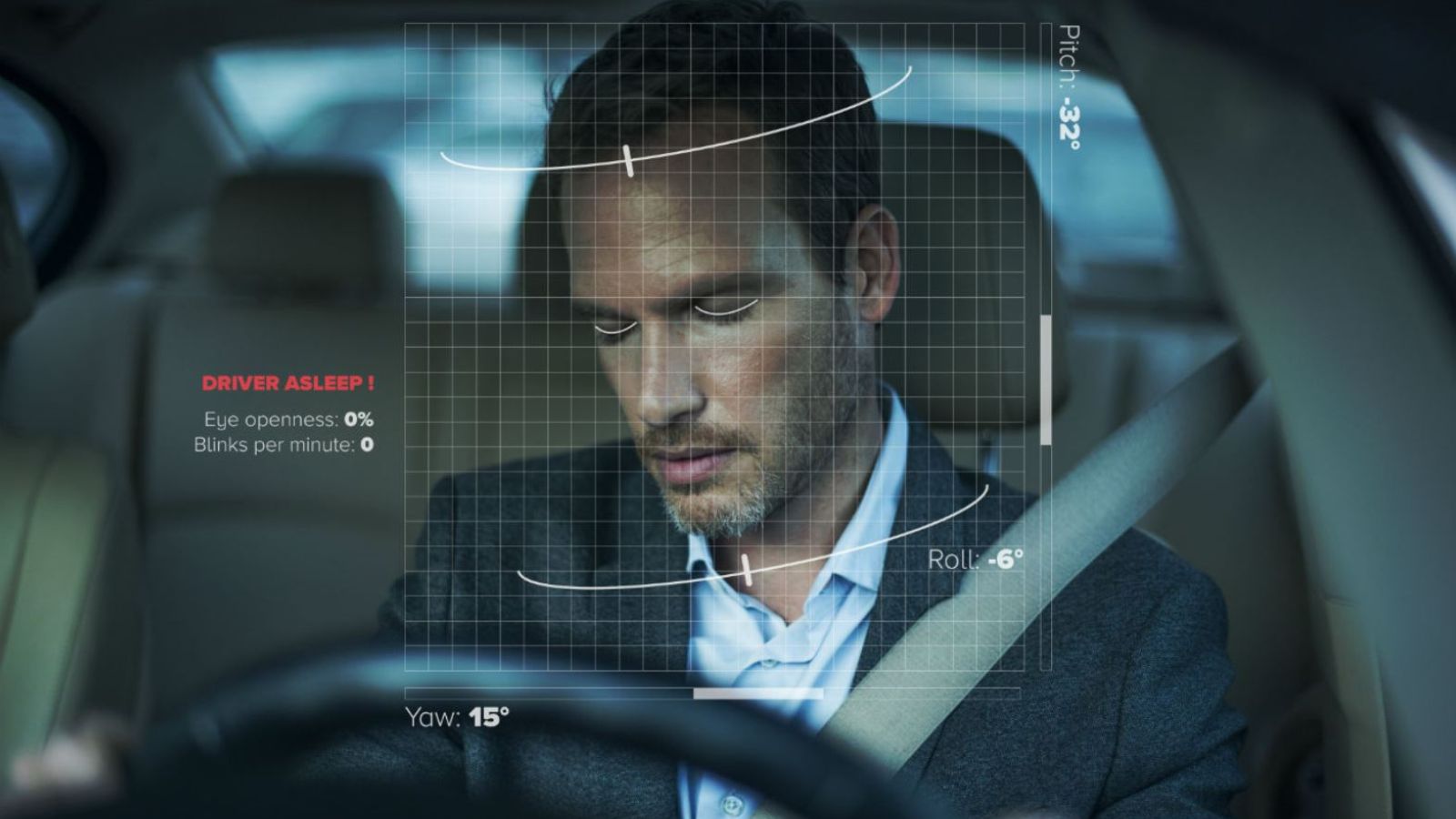
Drowsiness Detection systems are designed to prevent accidents caused by driver fatigue, a factor in an estimated 20% of all crashes. These systems monitor the driver’s behavior, such as steering patterns, eye movement, and even facial expressions, to detect signs of drowsiness. When the system detects that the driver is becoming drowsy, it issues warnings through sounds, vibrations, or even seat movements to prompt the driver to take a break. Some systems also suggest nearby rest areas. By addressing the issue of driver fatigue, Drowsiness Detection systems play a critical role in reducing accidents, especially on long highway drives.
Vehicle-to-Everything (V2X) Communication
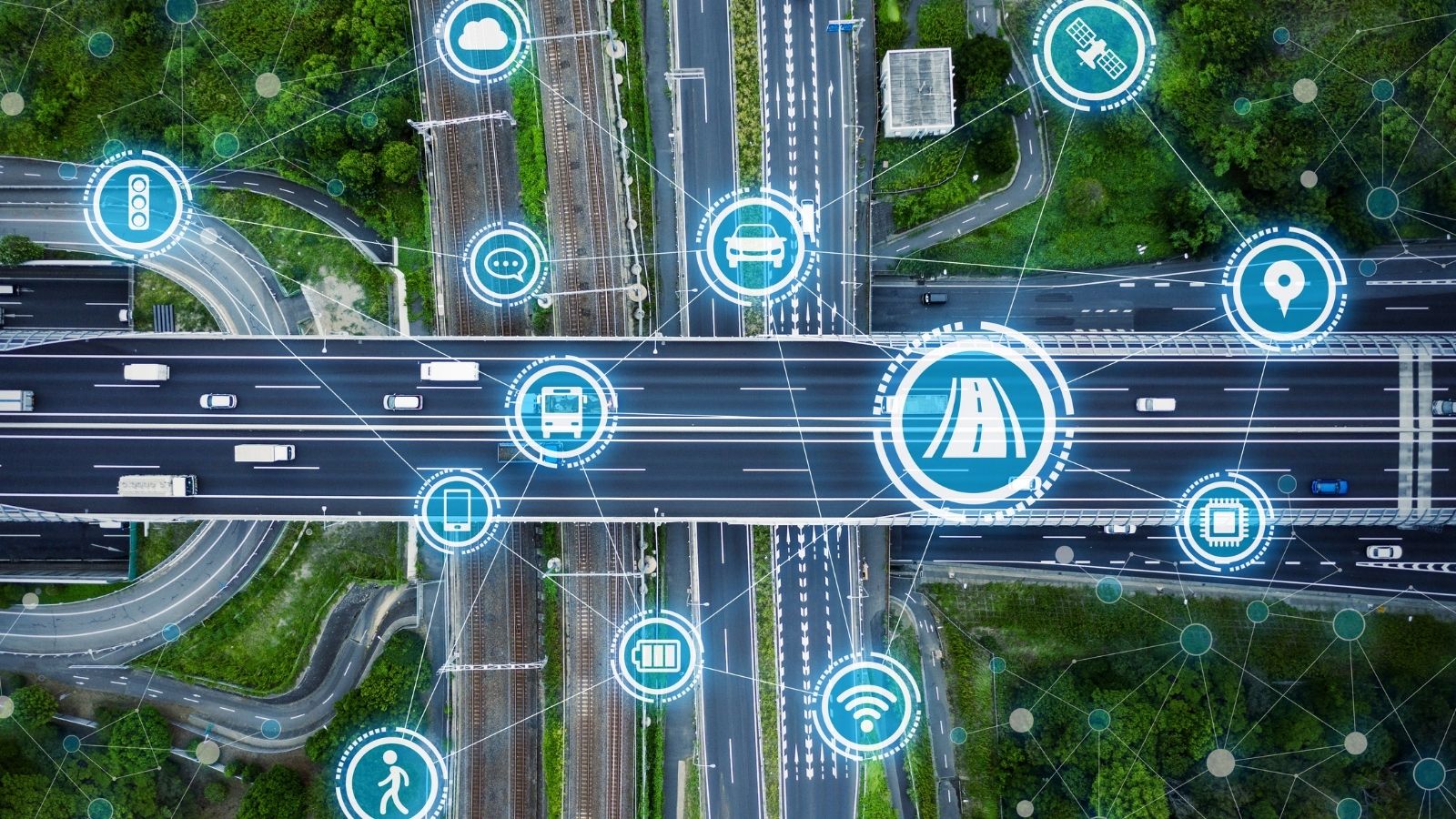
Vehicle-to-Everything (V2X) communication is a groundbreaking technology that enables vehicles to communicate with each other and traffic infrastructure, pedestrians, and even cyclists. V2X uses a wireless communication network to share real-time information about road conditions, traffic signals, and potential hazards. For example, if a vehicle ahead brakes suddenly, V2X can alert the following cars, giving them more time to react and avoid a collision. Similarly, V2X can warn drivers of pedestrians crossing the road or cyclists approaching from behind. The integration of V2X communication is expected to significantly reduce accidents by improving situational awareness and enabling vehicles to act proactively in potentially dangerous situations.
Automatic High-Beam Control
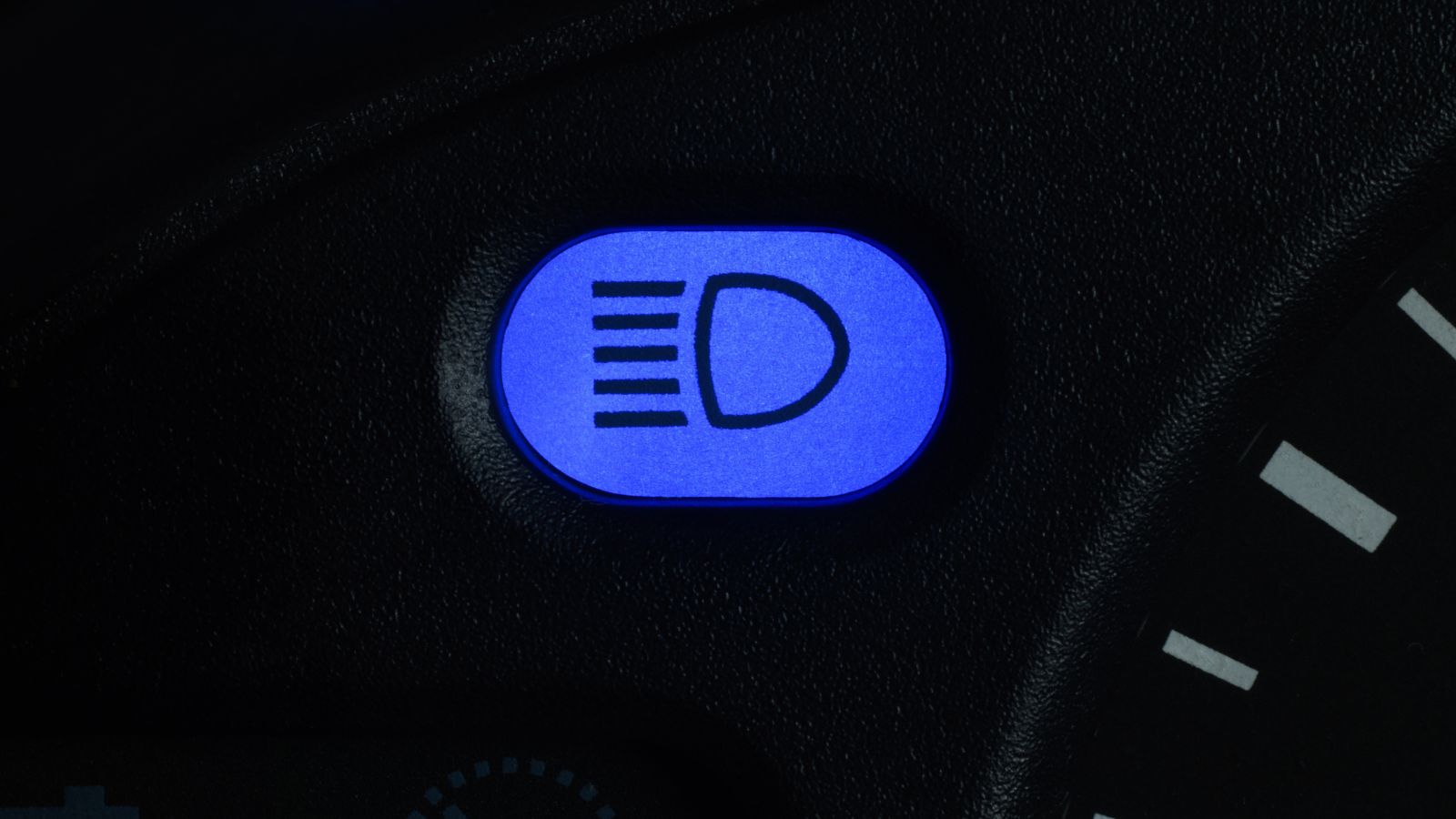
Automatic High-Beam Control is a feature that enhances nighttime driving safety by automatically adjusting the vehicle’s headlights based on the surrounding conditions. When driving on dark roads without oncoming traffic, the system switches to high beams to maximize visibility. If another vehicle approaches, the system automatically dims the headlights, reducing the risk of glare-related accidents. According to studies by the AAA Foundation for Traffic Safety, vehicles with Automatic High-Beam Control systems improve nighttime driving safety by reducing the need for manual headlight adjustments, allowing drivers to focus more on the road.
Surround-View Cameras
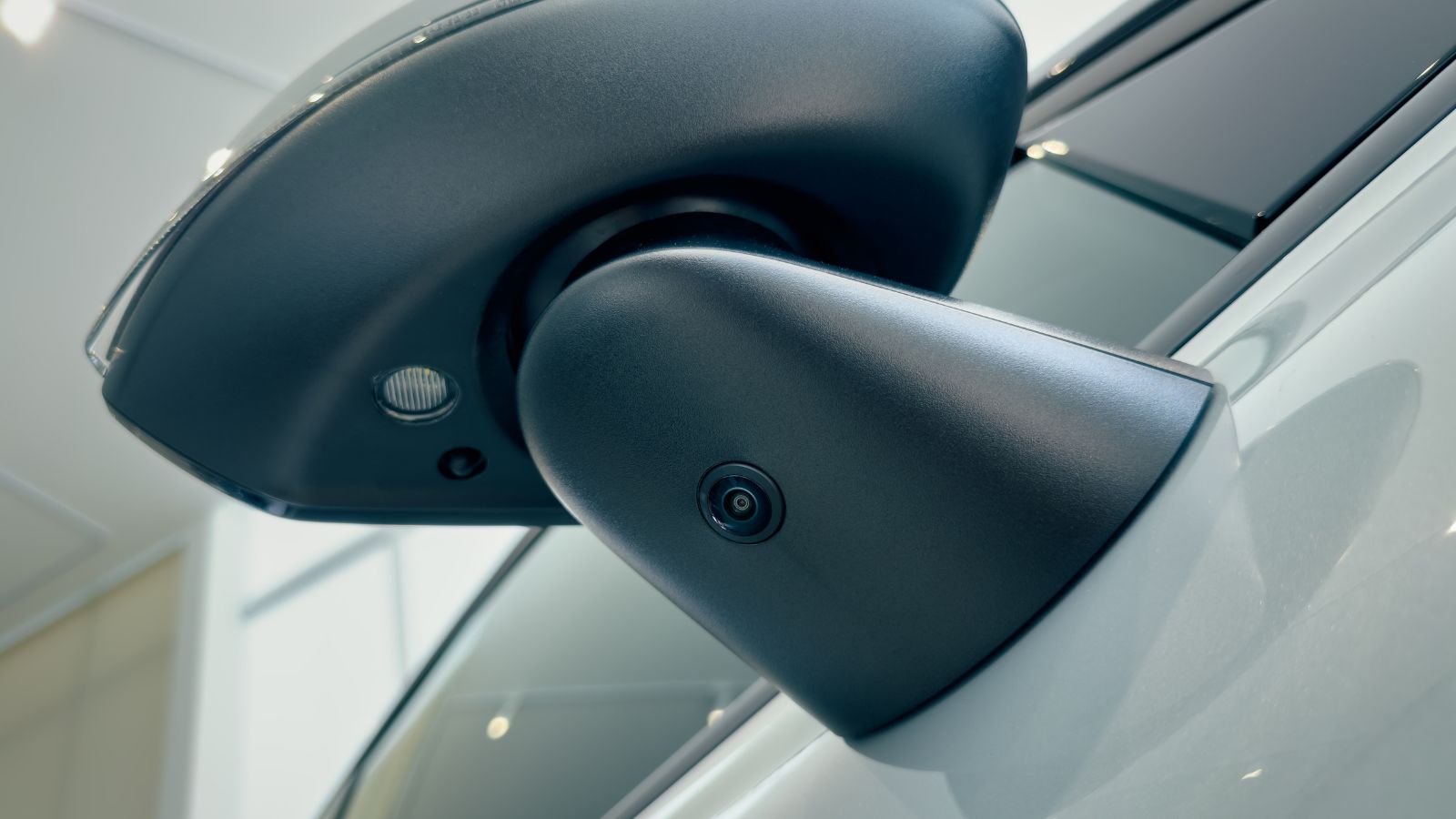
Surround-view camera systems, also known as 360-degree cameras, provide drivers with a bird’s-eye view of their vehicle’s surroundings, making parking and low-speed maneuvering much safer. This system uses multiple cameras around the vehicle to stitch together a composite image displayed on the dashboard screen. The driver can see obstacles, pedestrians, or other vehicles from all angles, reducing the likelihood of collisions in tight spaces. Surround-view cameras are especially useful in urban environments with narrow streets and crowded parking lots.
Electronic Stability Control (ESC)
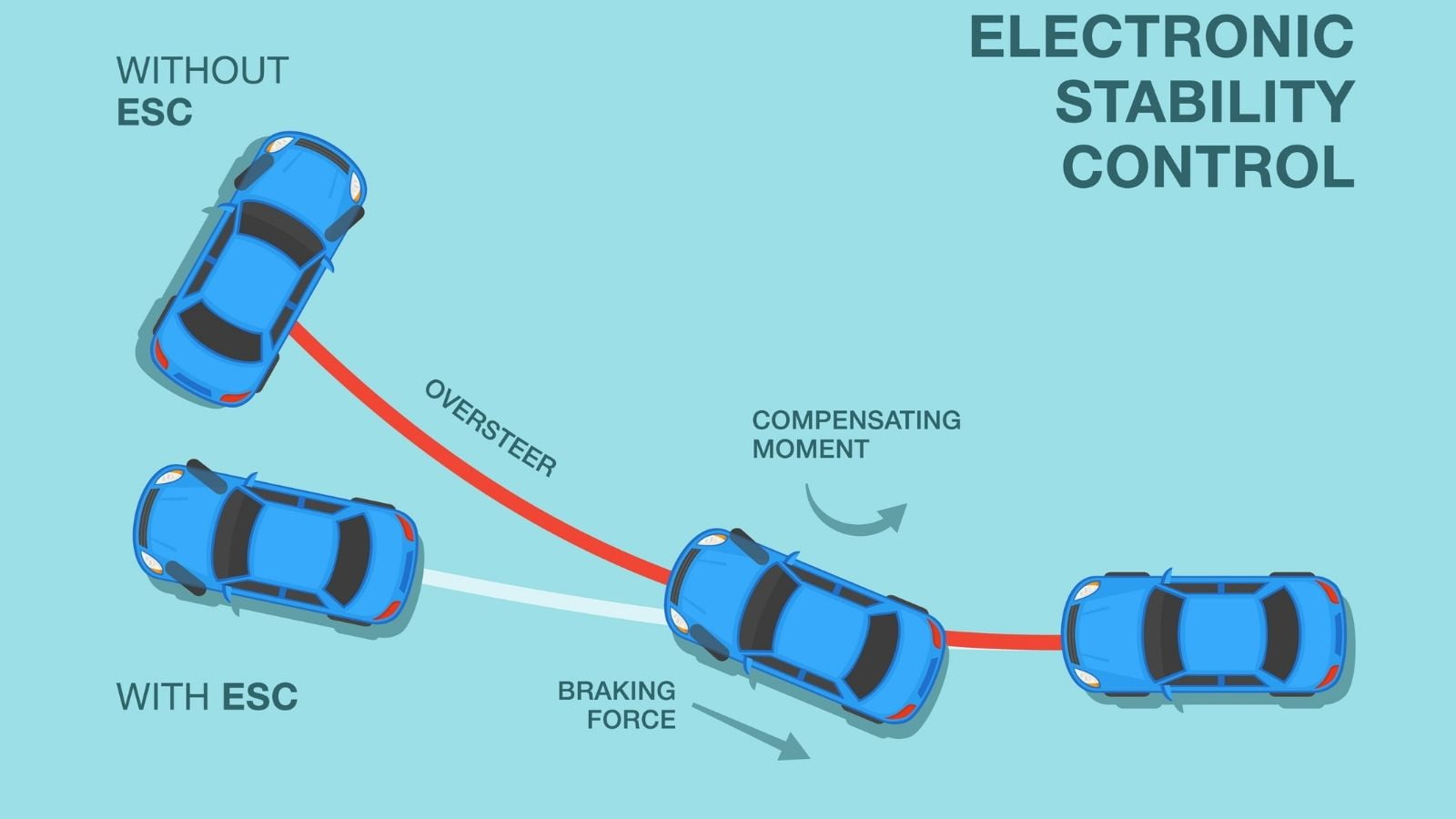
Electronic Stability Control (ESC) is a technology that has been mandatory in all new cars sold in the United States since 2012, and for good reason. ESC systems prevent skidding and loss of control by automatically applying brakes to individual wheels if the vehicle veers off its intended path. This is particularly useful in adverse weather conditions such as rain, snow, or ice, where traction is compromised. According to the NHTSA, ESC has been credited with reducing single-vehicle crashes by 49% and rollover crashes by 80%. The introduction of ESC represents one of the most significant advancements in automotive safety in recent decades.
Smart Airbags

Airbags have been a staple of car safety for decades, but recent innovations have made them even more effective. Smart Airbags are designed to deploy with varying force depending on the collision’s severity, the occupants’ position, and even their size and weight. This customization reduces the risk of injury caused by the airbags, which can sometimes be too powerful for smaller or out-of-position passengers. In addition to front and side airbags, newer vehicles also feature knee airbags and curtain airbags that protect occupants in rollover crashes.
14 Supercars Under $100K That Deliver Breathtaking Speed and Style

When you think of supercars, names like Ferrari, Lamborghini, and McLaren often come to mind, along with their staggering price tags. However, high-performance vehicles aren’t exclusively reserved for the super-rich. There exists a sweet spot where speed, style, and (relatively) sensible pricing converge, offering thrilling rides without completely obliterating your bank account. Hop in as we explore 14 underrated supercars under $100K.
14 Supercars Under $100K That Deliver Breathtaking Speed and Style
